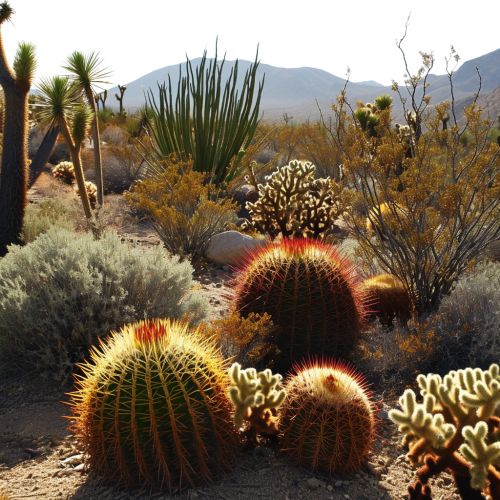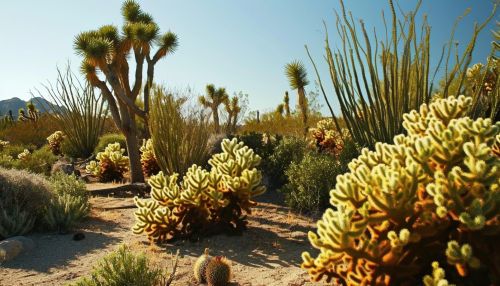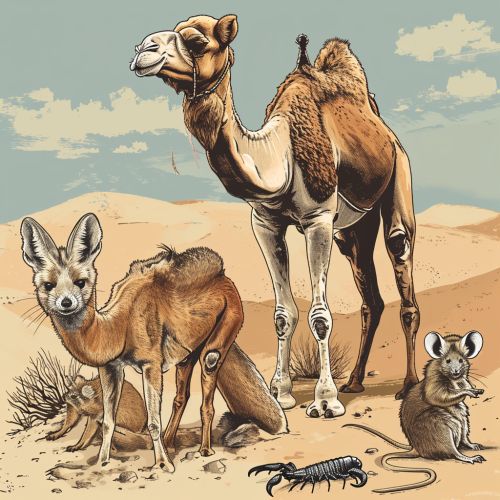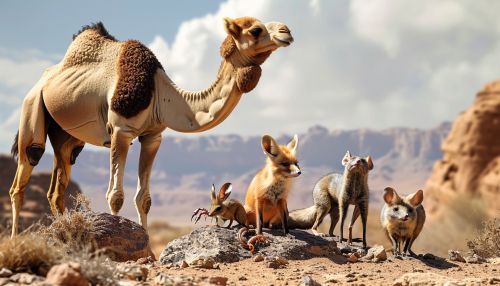Desert Flora and Fauna
Introduction
The desert, often perceived as a barren and lifeless environment, is in fact teeming with a diverse array of flora and fauna. Adapted to the harsh conditions, these organisms exhibit remarkable resilience and have evolved unique strategies to survive and thrive in the extreme desert environment.
Desert Flora
General Characteristics
Desert flora, also known as xerophytes, are plants that have adapted to arid desert conditions. They have developed specialized features such as thick cuticles, reduced leaf areas, sunken stomata, and extensive root systems to minimize water loss and maximize water absorption.
Major Desert Plants
Cacti are perhaps the most iconic desert plants. They are well-adapted to the desert environment with their thick, waxy skin to prevent water loss, and spines to deter herbivores. Other common desert plants include the Joshua tree, creosote bush, and various species of yucca, agave, and aloe.


Desert Fauna
General Characteristics
Desert fauna have also evolved adaptations to survive the harsh desert environment. These include being nocturnal to avoid the daytime heat, having a light-colored body to reflect sunlight, and being able to go without water for extended periods.
Major Desert Animals
Among the most well-known desert animals are the camel, known for its ability to store fat in its humps for food and water, and the fennec fox, with its large ears for dissipating heat. Other notable desert animals include the kangaroo rat, which can survive without ever drinking water, and various species of scorpions, snakes, and lizards.


Desert Ecosystem
The desert ecosystem, while seemingly inhospitable, is a complex and delicate balance of life. The flora and fauna of the desert are intricately connected, with each species playing a crucial role in the overall health and survival of the desert ecosystem.
Conclusion
Desert flora and fauna are a testament to the resilience and adaptability of life. Despite the harsh conditions, these organisms have found ways to not only survive, but to thrive, contributing to a diverse and complex desert ecosystem.
